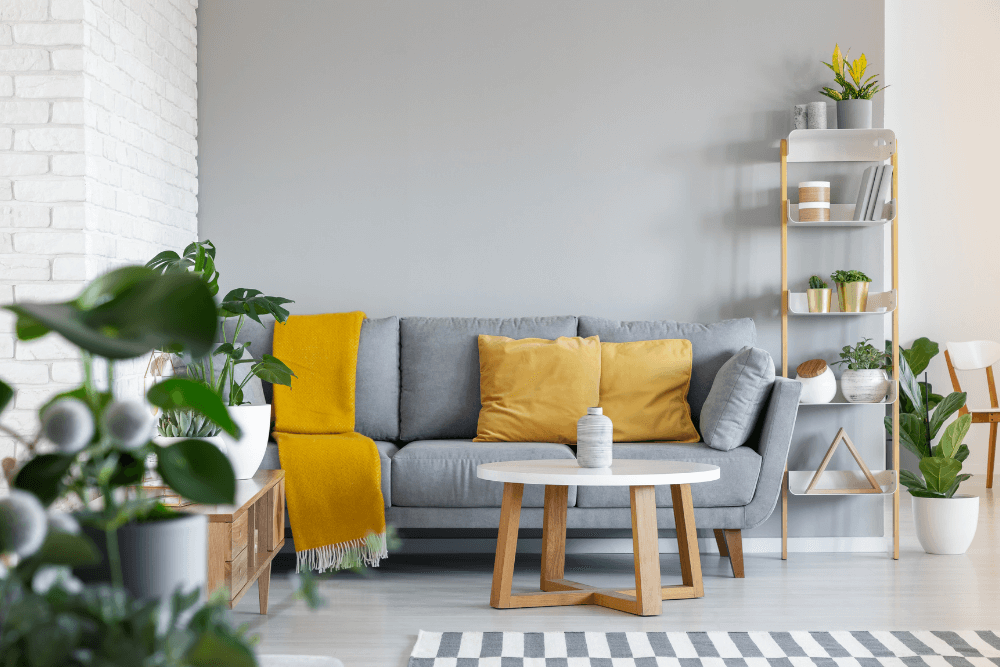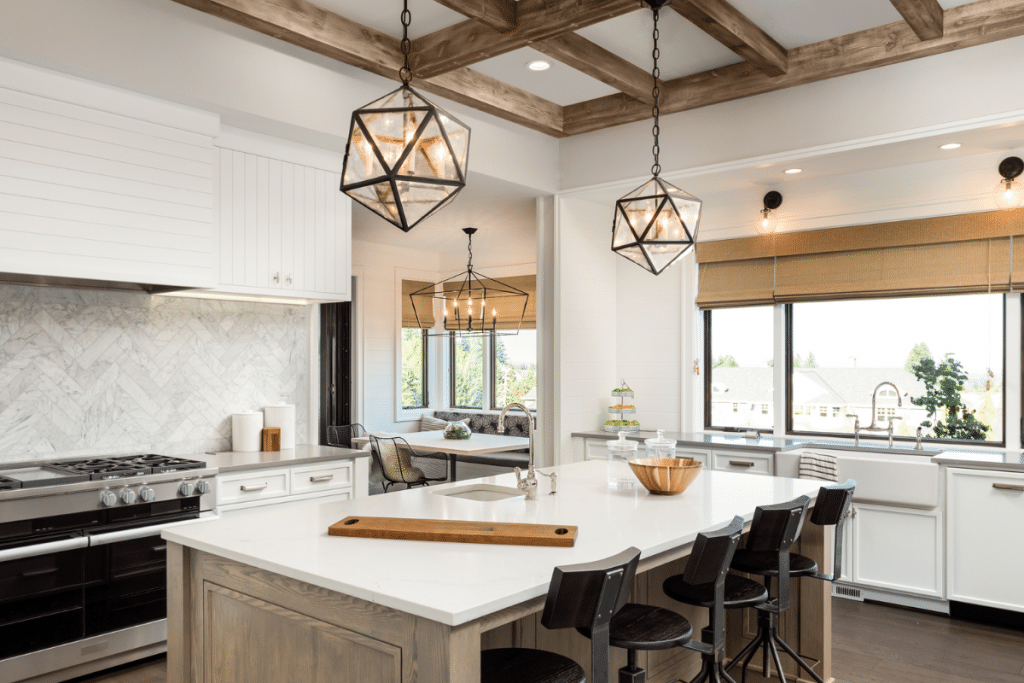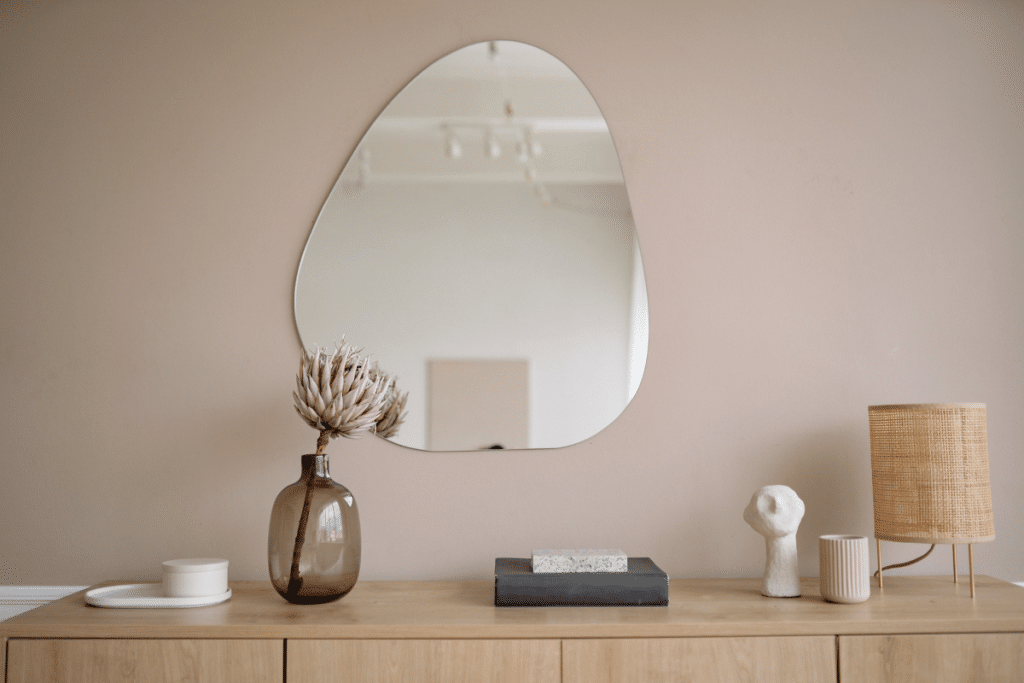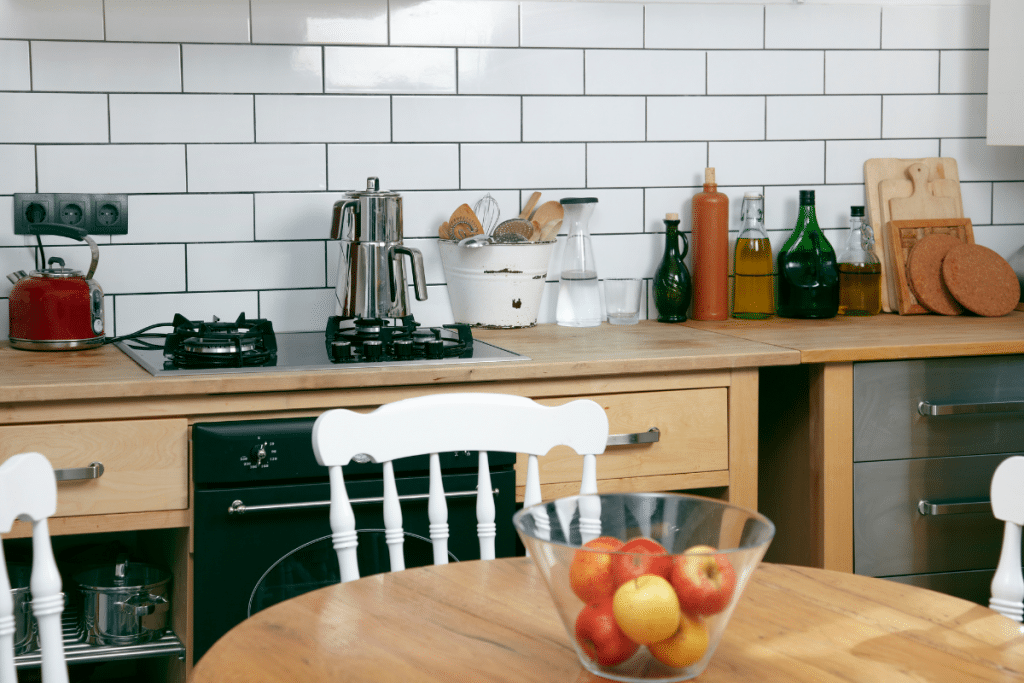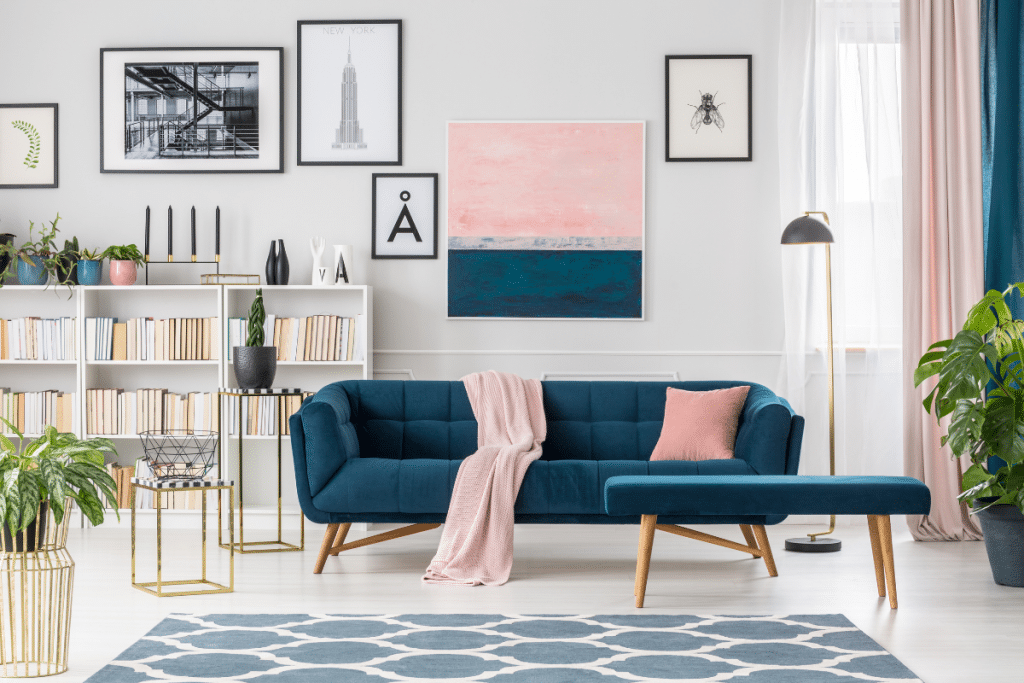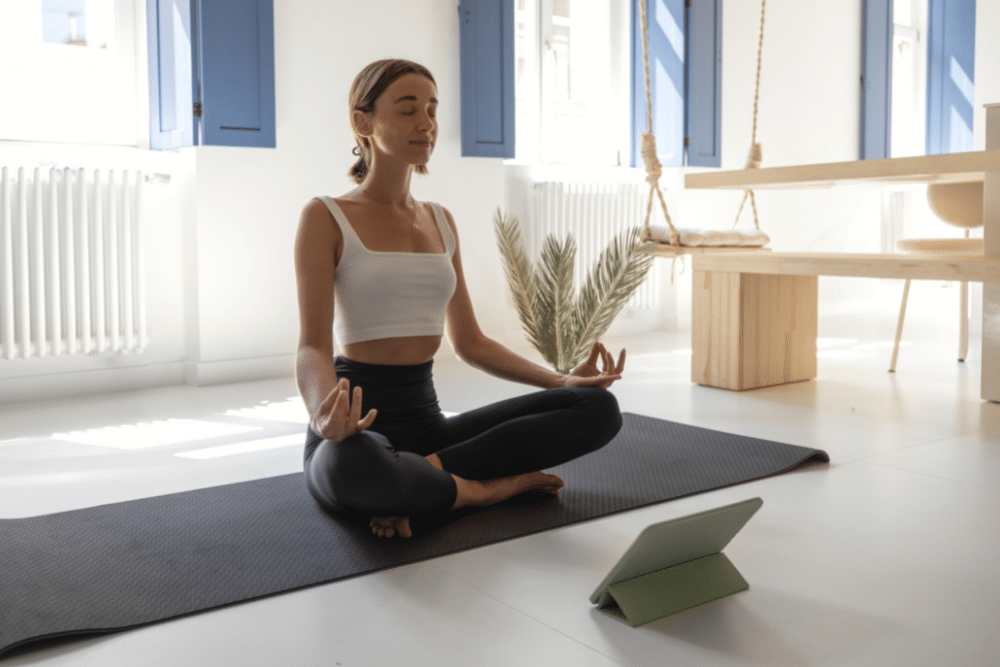Choosing the right room color schemes is one of the most important parts of decorating your home. It will affect the rest of your decor, along with the overall feel of the house, so you need to make sure you pick your colors carefully.
As this is such a personal decision, it can be quite daunting. So, here’s a guide on how to choose the right color scheme to suit your own style and needs.
1. Use a color wheel
You can start creating your ideal color scheme by looking at a color wheel to get an idea of the options available to you. There might be some shades and colors that stand out. Once you have some ideas, you can create a color scheme. The four main types of color scheme are:
Analogous
Analogous color schemes use colors that are next to each other on the color wheel, such as green and yellow, blue and purple, or red and orange.
Contrasting
You can also add some variety by using a contrasting color scheme. This can include either two or three colors that contrast with each other and create a vibrant, interesting look for the room.
Monochromatic
A monochromatic color scheme uses different tones of the same color. For example, you might choose a lighter sky blue with a darker midnight blue; or light green with darker shades of green. You can also use several hues of the same shade to create this effect.
Complementary
For a complementary color scheme, you would pick colors on opposite ends of the color wheel, like green and red or blue and orange. This makes the room look more dramatic.
2. Test out different options
Wall paints can be expensive if you’re painting larger rooms – especially if you’re redecorating your entire home. It’s also a time-consuming project, so you need to be sure first.
It’s a good idea to get some testers first before you commit to one color scheme. Once you’ve looked at some options, you can make your final decision much more easily!
3. Consider your existing decor
Another thing to consider when picking a color scheme is your existing decor. Do you have any pieces of furniture or accessories you really want to keep? Or is there a particular carpet, rug, or fabric for curtains or upholstery you have your eye on?
If this is the case, you will need to keep this in mind when choosing a color scheme, as it will need to match. Select your wall colors so they complement any other decor you have.
4. Create harmony between rooms
Lastly, if you’re decorating your whole home, you need to think about how you will create a flow between different rooms – and particularly between adjoining rooms.
A lot of people prefer to keep hallways and connecting spaces in neutral tones, but this is a personal choice. You need to think about how different rooms will complement each other.
For instance, kitchen color schemes in a darker blue could work with living room color schemes in a lighter tone of the same color.
Whatever your taste, start from the beginning of your home and work through each room, remembering to consider how it will look when it’s completed.
Lastly, if you’re decorating your whole home, you need to think about how you will create a flow between different rooms – and particularly between adjoining rooms.
A lot of people prefer to keep hallways and connecting spaces in neutral tones, but this is a personal choice. You need to think about how different rooms will complement each other.
For instance, kitchen color schemes in a darker blue could work with living room color schemes in a lighter tone of the same color.
Whatever your taste, start from the beginning of your home and work through each room, remembering to consider how it will look when it’s completed.

